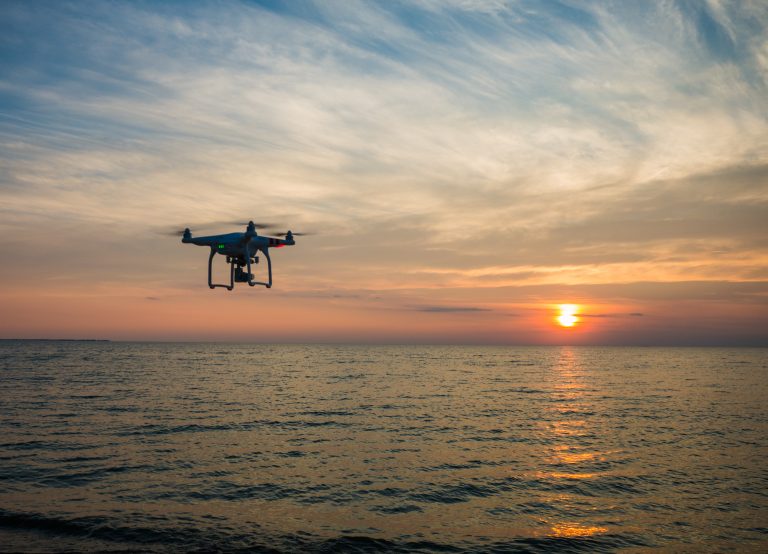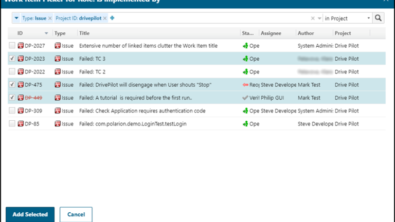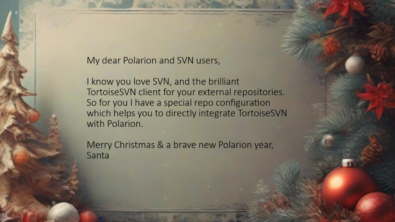Current Tech Trends: Attack of the Drones!

 Polarion: Current Tech Trends- Attack of the Drones!
Polarion: Current Tech Trends- Attack of the Drones!
I recently purchased a set of Star Wars drones and it got me thinking about all the practical and impractical uses for IoT devices. Drone technology is constantly evolving as new innovation and big investment is bringing more advanced drones to the market every few months. The complexity of these perceived simplistic products is amazing. You have physical components that start with lightweight composite materials to radar/positioning, sensors, and circuit boards and finally software or the brain that controls all aspects of the drone.
What could go wrong? Well… everything could. For industrial use and military grade applications, the results can be disastrous. Quality becomes the critical component of the production lifecycle. The obvious first step is to make sure all components work according to requirement specifications. Do all the components behave correctly?
However, there are two vital requirements that must be implemented into the overall testing strategy that are not always considered with IoT devices. I am talking about security and privacy issues.
We have all seen the countless security hacks with other IoT devices ranging from taking control of an autonomous car to DDOS attacks using ubiquitous and common devices such as modems or other connected household items. This also applies to the drone industry and in fact, there are even sites that provide you information on “how to.” Therefore, it’s crucial to implement a complete risk and threat assessment model that identifies potential risks/threats and the plausible mitigation actions.
The FAA has developed a comprehensive set of rules that establish safety procedures that will integrate commercial drones into the National Airspace. The current set of rules focus on safety, however, there is increasing pressure to implement further regulatory guidelines for privacy.
Drone manufacturers must keep a close watch on what regulatory requirements will be implemented or risk potential fines and maybe even worse. Having a flexible manufacturing process that allows you to react accordingly is priceless. This is where software such as Polarion QA can be instrumental in managing the entire quality process between both physical and software components.
This is a robust system that allows you to actively sync your testing organization with ever morphing requirements, while providing a central platform for managing all QA activities.
For example when developing a drone we have to test physical components for durability, weather conditions etc. as well as radar, stabilization, and sensor behavior. Typically this is achieved using a combination of hardware and software simulations, automated testing and a series of continuous testing activities. All of these activities can be managed using Polarion QA to launch each procedure while storing outcomes and executing next steps based on results. If the test(s) failed a notification can be sent to the appropriate groups and addressed accordingly.
Risks can be addressed using a risk assessment process that can be facilitated using a customized Polarion QA project template that pre-populates risks, appropriate workflow and direct linkage to security and safety requirements. Therefore when new threats come up (remember the “How to”?), these use cases can easily be incorporated into your production cycle.


